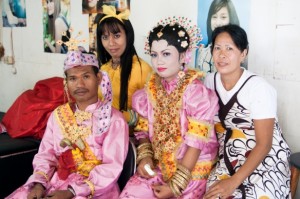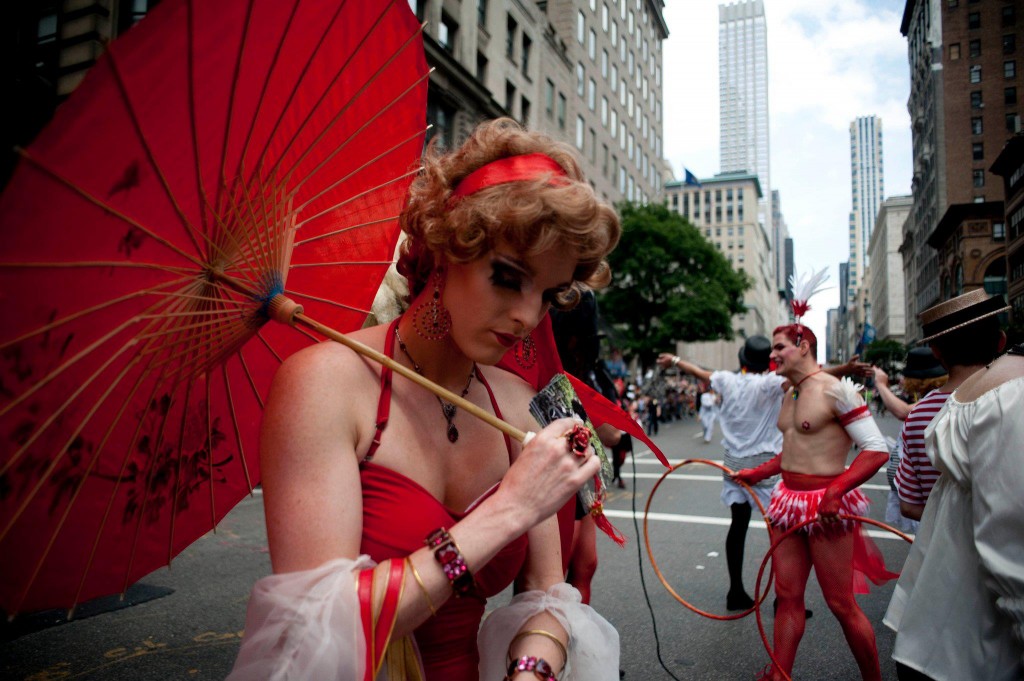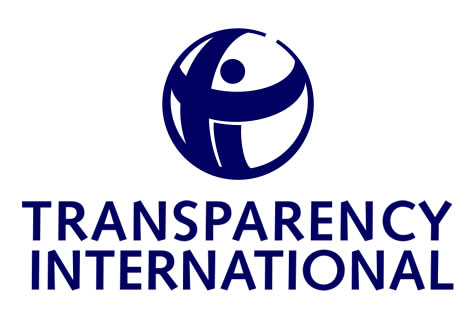Our roles
There are mostly two biological sexes in the nature: male and female. On the basis of these, many societies have come up with two social sexes namely gender: man and woman. You are not born a man, but become one, the saying claims. The same could be said about women.
Gender refers to the attitudes, feelings, and behaviours that a given culture associates with a person’s biological sex.
Gender identity is the perception of your gender: whom do you consider yourself? Man, woman, or belonging to another category? The answer to this question defines your gender identity.
Gender role is the expression of your gender in the given culture. How do you express yourself as a man/woman/a person with another gender? How do you dress, how do you behave, what kind of gestures and vocabulary do you use, etc? All these (and more) forge your gender role.

Calabai Upe dressed in yellow and bissu Eka dressed in pink on the right side (photo by avantourists.com)
Gender bipolarity and diversity
From the perspective of attitude toward gender, the human societies are divided into two main sides: those being guided by the bipolar model and those being guided by the multi-polar one.
Societies using the bipolar model acknowledge the existence of two genders only in principal: man and woman. The bipolarity of the modern world is the result of the western frame of mind-set, it has been formed and spread by the influence of Judaism and Christianity, along with the development and transformation of religion, politics and society, based on the story of Genesis, according to which God created male and female.
It is recommended to take into account that the concept of “Western thinking” itself needs to be exercised with reservations as gender diversity existed in various American and European cultures as well. By saying “Western thinking” the notion of the bipolar model of genders as we have them now is considered, which originated in medieval Europe, was influenced by religious interpretations and was exported by Conquistadores to Americas and usurping Europeans to other parts of the world.
Societies that are guided by multi-polar model acknowledge the existence of several genders in principal. For instance, Bugi ethnicity of South Soulavesi accepts the existence of three other genders apart from man and woman:
Bisu – priests that are not viewed as men and have their own, special gender,
Calalai (also pronounced as Chalalai) – female persons who live their lives with the look and conduct of males, yet are not regarded neither as a man, nor as a woman,
Calabai (also pronounced as Chalabai) – male persons who live their lives with the look and conduct of females, yet are not regarded neither as a man, nor as a woman.
The concept of the third gender is familiar to many cultures, both modern and ancient:
- the most famous and perhaps the most populous community of individuals of third gender are the hijras of India,
- they are called fa’afafines in Samoa,
- mahu in Hawaii,
- kathoei in Thailand,
- they were addressed as sekhet in ancient Egypt,
- from the beginning of time, there were three types of humans – man, woman and androgyne – according to an olden Hellenic creation myth,
- many indigenous tribes of Indians of America had their own terms to denote the third gender. They were also portrayed as the ones having “two-spirits”, and the Europeans generally labelled them “berdache”.
Stereotypical approaches based on “Western thinking”
– “Feminine” and “masculine” qualities are not suitable to describe the third gender, as the bipolar model of gender is a result of “Western thinking”, and when we observe other cultures through this prism, we then confine our panorama which affects the quality of the interpretations. In general, it is sometimes harder for us, the representatives of the societies which use the bipolar model of genders, to perceive the idea of the third gender.
– In modern cultures that have “Western thinking”, individuals of the third gender non-deliberately or deliberately are called “female-” or “male-impersonators”. We, in spite of that, need to understand that the individuals of third gender accept their gender and do not try to “imitate” other genders. Men that want to become women undergo surgery by changing their biological sex and the way they look, and they are called transsexuals. It works the same way for women that want to become men. And the individuals of the third gender are perceived by their own role and nature.
– One may get the misleading impression that individuals of third gender are also intersexual (of third biological sex): persons of third gender may biologically be male, female or intersex.
Natural and unnatural, inborn and acquired, predetermined and by choice
Religious, political affiliation, citizenship, language and many other characteristics are not inborn but a result of one’s and others’ work, choice, cognitive abilities that come up during life. The same way gender, too, is not inborn.
Although upbringing, formal, non-formal and informal education, religion, environment and culture have their say in terms of fabricating this or that gender identity and role, the gift of choice is nevertheless present in the domain of gender, too. As Gloria Gaynor sings, “I am what I am, I am my own special creation”.
If we succeed to realise that we have the power and the right of choice and if we use that right, then it will be the result of our conscious choice to be this or that kind of man, woman and individual of another category or a human with no category at all. And do we remember what the historian Elisha (Yeghishe) told us? If the conscious death is immortality, then how precious is the conscious living?
To sum up, as we have witnessed apart from the bipolar model there is a multi-polar one as well, which accepts the natural diversity and allocates space for gender versatility within the societies. In case of conscious understanding and approach, gender is possible to manage and is subjected to cultivation.
“Life isn’t about finding yourself. Life is about creating yourself.”
George Bernard Shaw
Sevak Kirakosyan
Sources:
http://www.apa.org/pi/lgbt/resources/sexuality-definitions.pdf
http://www.gendertree.com/Egyptian%20third%20gender.htm
http://www.transtorah.org/PDFs/Classical_Jewish_Terms_for_Gender_Diversity.pdf





1 Response
[…] Հոդվածի աղբյուրը՝ http://asyou.pinkarmenia.org/gender/2012/genderroles/ […]